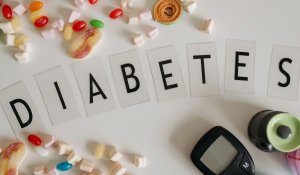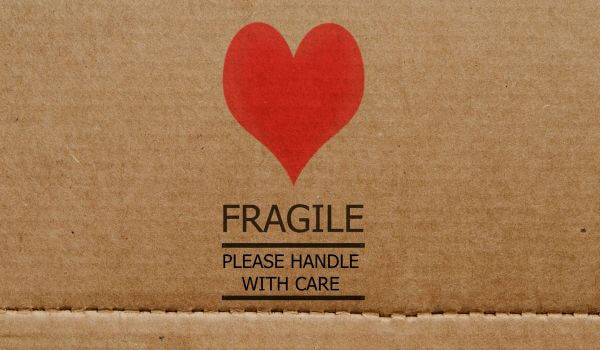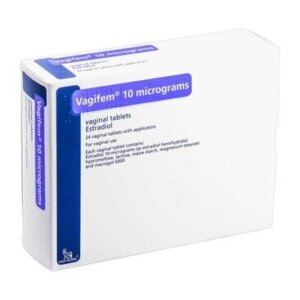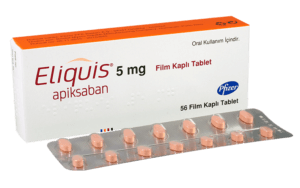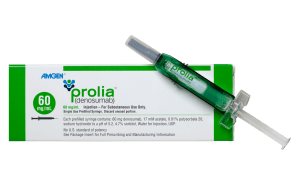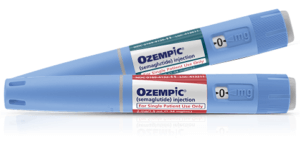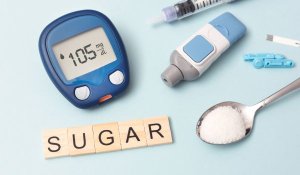 Prediabetes is diagnosed when a person’s blood sugar levels are higher than normal but not high enough to be classified as diabetes. According to a 2021 study by the American Diabetes Association, 97.6 million American adults had a warning of prediabetes from a blood test. Often, it doesn’t cause noticeable symptoms, making it difficult to detect. However, it significantly increases the risk of developing type 2 diabetes, and people with type 2 diabetes have elevated risks of serious cardiovascular diseases like heart disease and stroke. So, should you be tested for it? And if so, what kind of results warrant intervention? In this article, we’ll explore the reference ranges for prediabetes, how it’s diagnosed, and practical steps you can take to prevent or delay type 2 diabetes.
Prediabetes is diagnosed when a person’s blood sugar levels are higher than normal but not high enough to be classified as diabetes. According to a 2021 study by the American Diabetes Association, 97.6 million American adults had a warning of prediabetes from a blood test. Often, it doesn’t cause noticeable symptoms, making it difficult to detect. However, it significantly increases the risk of developing type 2 diabetes, and people with type 2 diabetes have elevated risks of serious cardiovascular diseases like heart disease and stroke. So, should you be tested for it? And if so, what kind of results warrant intervention? In this article, we’ll explore the reference ranges for prediabetes, how it’s diagnosed, and practical steps you can take to prevent or delay type 2 diabetes.
Do only adults get prediabetes?
Prediabetes can happen to adults and younger people alike. The risk factors for prediabetes or type 2 diabetes are similar, such as:
- A family history of type 2 diabetes or prediabetes
- Being overweight
- Living a mostly inactive lifestyle
- Having high blood pressure
- High levels of cholesterol or triglycerides
- Poor or limited sleep
- Experiencing gestational diabetes during pregnancy
- Having polycystic ovary syndrome
- Using steroids or other medications that increase blood sugar levels.
Individuals with prediabetes can lower their chances of developing type 2 diabetes by adopting a healthier lifestyle. This means staying active, eating nutritious foods, and keeping a healthy weight.
How is prediabetes diagnosed?

The oral glucose tolerance test (OGTT) is another type of test that starts with a fasting blood glucose measurement. After that, a sugary drink is given, and blood is tested again two hours later. The results indicate if blood glucose levels are normal, in the prediabetes range, or in the diabetes range.
Prediabetes involves one or both of these conditions:
- Impaired fasting glucose: This happens when blood sugar levels are higher than normal after fasting but not high enough to be classified as diabetes.
- Impaired glucose tolerance: This occurs when blood sugar levels are higher than normal two hours after an oral glucose tolerance test (OGTT), but still not high enough to diagnose diabetes. Fasting blood sugar levels may still be within the normal range.
What are the main numbers that serve as a warning of prediabetes?
Blood sugar levels, also known as blood glucose, are measured in millimoles per litre (mmol/L). This measurement appears in pathology reports for tests like fasting blood sugar, HbA1c, or the oral glucose tolerance test.
A person’s blood sugar levels can fall into different categories based on specific tests. For fasting blood glucose, a normal level is below 6.0 mmol/L. Levels between 6.1 and 6.9 mmol/L indicate prediabetes, while levels of 7.0 mmol/L or higher are considered diabetes.
The 2-hour OGTT shows normal levels as below 7.8 mmol/L, prediabetes as 7.8 to 11.0 mmol/L, and diabetes as 11.1 mmol/L or higher.
For HbA1c, a measure of average blood sugar over time, normal is below 6.0% (42 mmol/mol). Prediabetes ranges from 6.0 to 6.4% (42-46 mmol/mol), and diabetes starts at 6.5% (48 mmol/mol) or higher.
After-meal glucose, also called postprandial glucose, should ideally stay below 7.8 mmol/L across all categories. The goal is to aim for normal levels when possible.
Why these numbers matter
Understanding one’s place within these ranges matters because people with prediabetes often have no obvious symptoms. If left untreated, it can gradually harm the body and raise the chances of developing type 2 diabetes, heart disease, fatty liver, and other metabolic issues.
The good news is that prediabetes can often be reversed, especially when caught early. Simple changes like eating healthier, staying active, and managing weight can significantly improve blood sugar levels.
For people who have received a warning of prediabetes, the main goal is to bring fasting blood sugar and HbA1c levels back to normal. Many people with prediabetes can reach a normal HbA1c within 4-6 months. After that, it’s a good idea to aim for an HbA1c below 5.7%, with 5.5% being an ideal target. For blood sugar two hours after eating, the goal is usually under 7.8 mmol/L. However, keeping it between 6.1 and 6.7 mmol/L can help lower HbA1c levels more quickly.
People with prediabetes are usually advised to check their blood sugar levels every 6 to 12 months, especially HbA1c levels. Regular tests help track progress and catch early signs if the condition is getting worse. Doctors might suggest more frequent testing if someone’s levels are close to the diabetes range or if they have other risk factors like high blood pressure, high cholesterol, fatty liver, or a family history of diabetes.
How is prediabetes managed?

Weight loss
For someone above a healthy weight, losing just 5 to 10% of their weight can help lower blood sugar levels. For instance, a person weighing 100 kg (220 pounds) could aim to lose 5 to 10 kg (12-25 pounds). Losing weight can also reduce the risk of other health issues like heart disease for anyone who has received a warning of prediabetes. Losing a significant percentage of body weight can be challenging, but with weight loss drugs such as Ozempic and Wegovy, studies have shown people losing at least 15% of their total body weight on the medication.
There are several other proven ways to help lower blood sugar and improve health:
- Cutting back on added sugars and refined carbs can help keep blood sugar stable. Eating nutrient-rich, low-glycemic foods and avoiding highly processed items is a good approach.
- Keeping an eye on portion sizes of high-carb foods like potatoes, rice, pasta, and bread is important. These can cause blood sugar spikes, so smaller portions or alternatives may be better.
- Regular physical activity, even just 20–30 minutes of walking daily, can boost insulin sensitivity and metabolism. Strength training can provide even more benefits.
- Checking blood sugar levels at home with a simple glucose meter can help track how the body reacts to certain foods.
A warning of prediabetes doesn’t mean that type 2 diabetes is inevitable. Instead, it can be a helpful reminder to make healthier choices. High blood sugar can be a serious warning, but it’s also a chance to make a change. By improving diet and making healthy lifestyle choices, a person can lower their blood sugar levels and reduce the risk of developing type 2 diabetes.
FAQs
Can drinking water lower A1c?
Yes, it is possible. Drinking water can help lower blood sugar in two key ways. Proper hydration increases blood volume, improving kidney function to filter out excess sugar. Additionally, drinking water before meals curbs appetite, reducing the likelihood of overeating or consuming high-sugar or carbohydrate-rich foods. Dehydration can cause the kidneys to retain water and release hormones that raise blood sugar.
At what A1C level does damage start?
An A1C level between 6.5% and 7% means a person has diabetes. Over time, high blood sugar levels in this range can damage small blood vessels, especially in the eyes and kidneys. If the A1C level goes above 7% and stays high for a long time, it can lead to serious organ damage.
Can prediabetes go away?
Prediabetes can be reversed before it progresses into type 2 diabetes. The National Diabetes Prevention Program (NDPP), a CDC-recognized program, helps individuals make lifestyle changes focused on healthy eating and regular physical activity to recognize the warning of prediabetes and take the necessary steps to avoid progression to full type 2 diabetes. According to researchers, the critical window to prevent or slow the progression from prediabetes to type 2 diabetes is typically between two to six years.
Are bananas ok for prediabetes?
The glycemic index (GI) of bananas varies depending on how ripe they are. Green bananas have a low GI of around 40, while ripe bananas have a much higher GI of 72. This difference occurs because, as bananas ripen, the starch they contain becomes easier for the body to digest. Foods with a high GI are absorbed quickly, leading to a rapid rise in blood sugar levels. For this reason, people with prediabetes may need to be cautious about including ripe bananas in their diet and should consult their healthcare provider for guidance.

